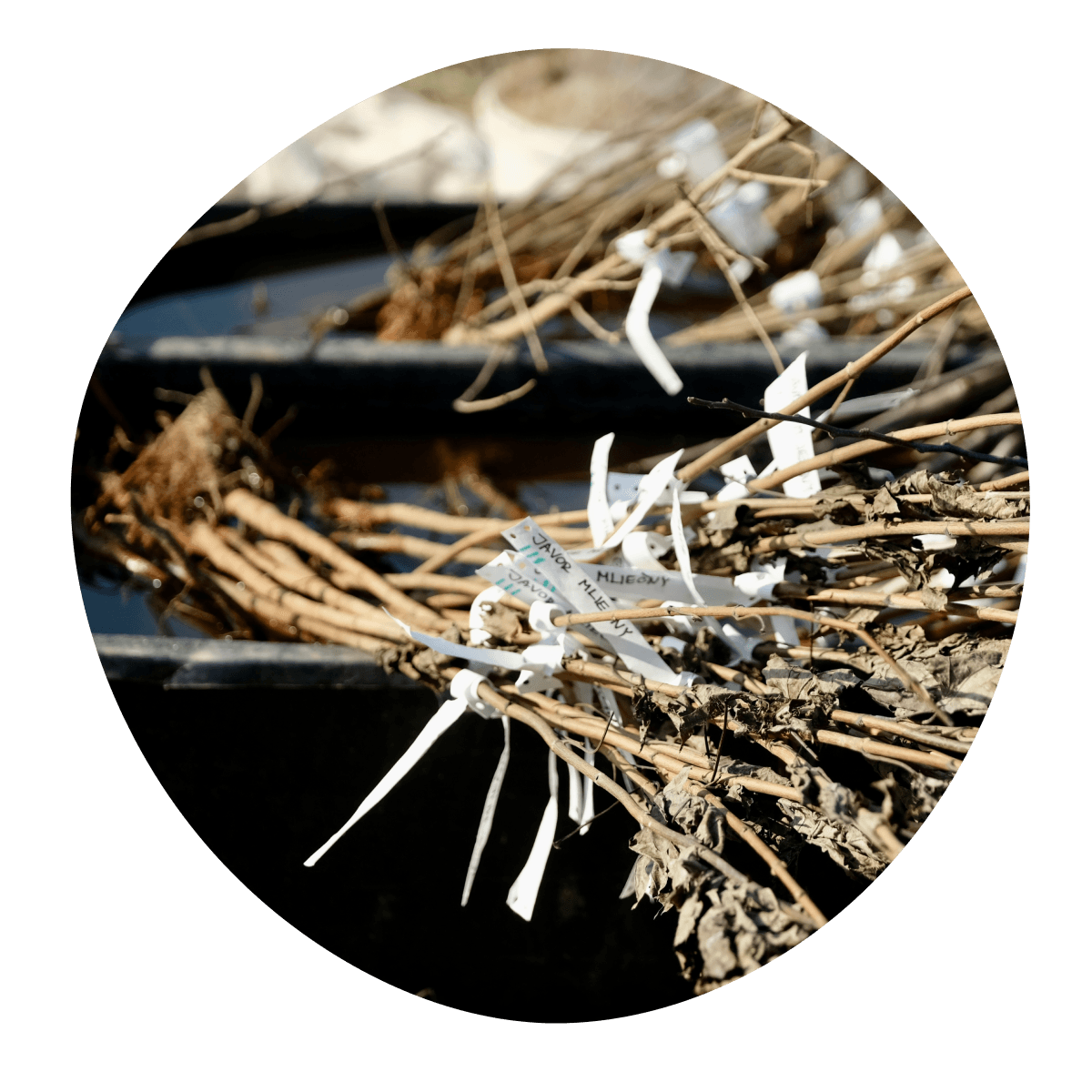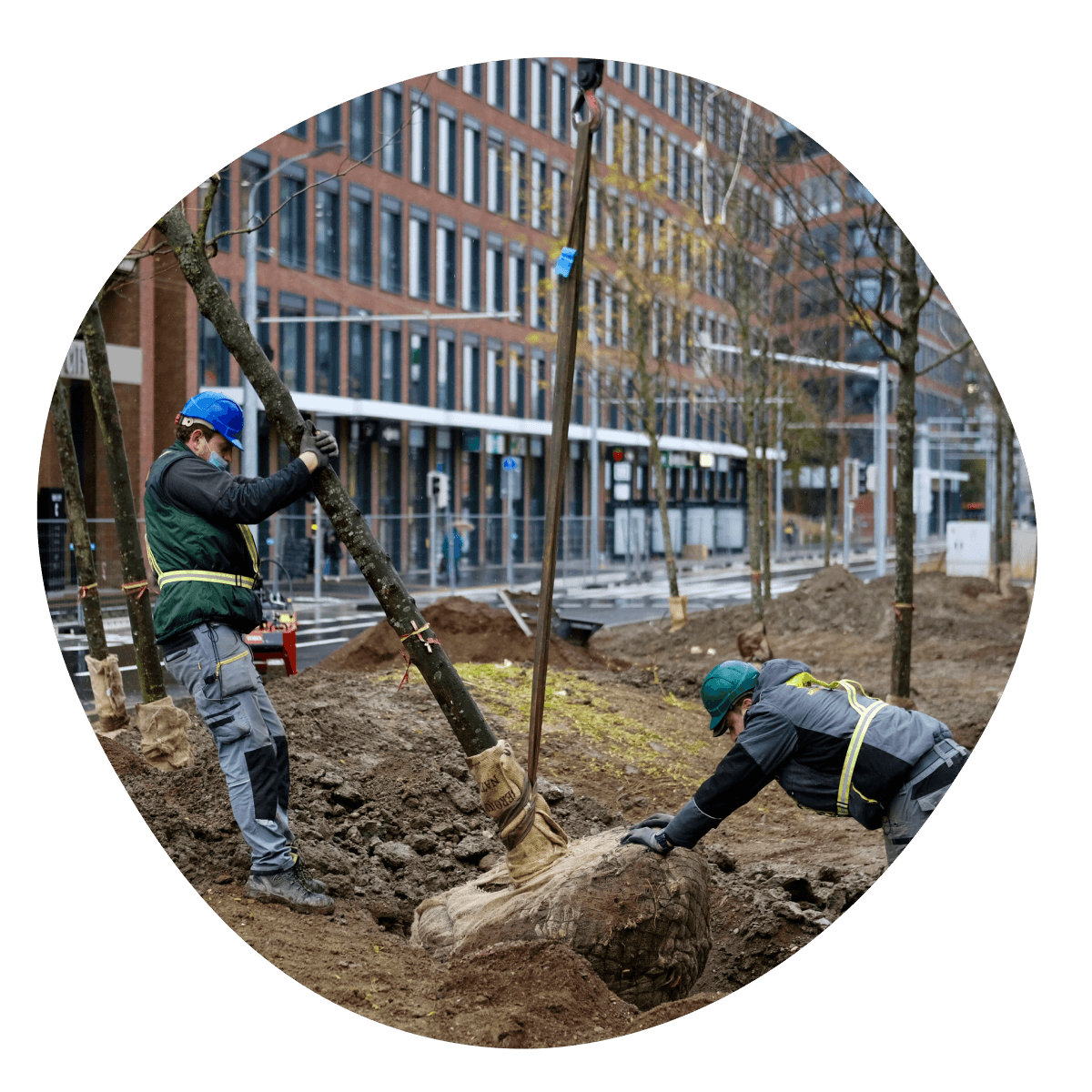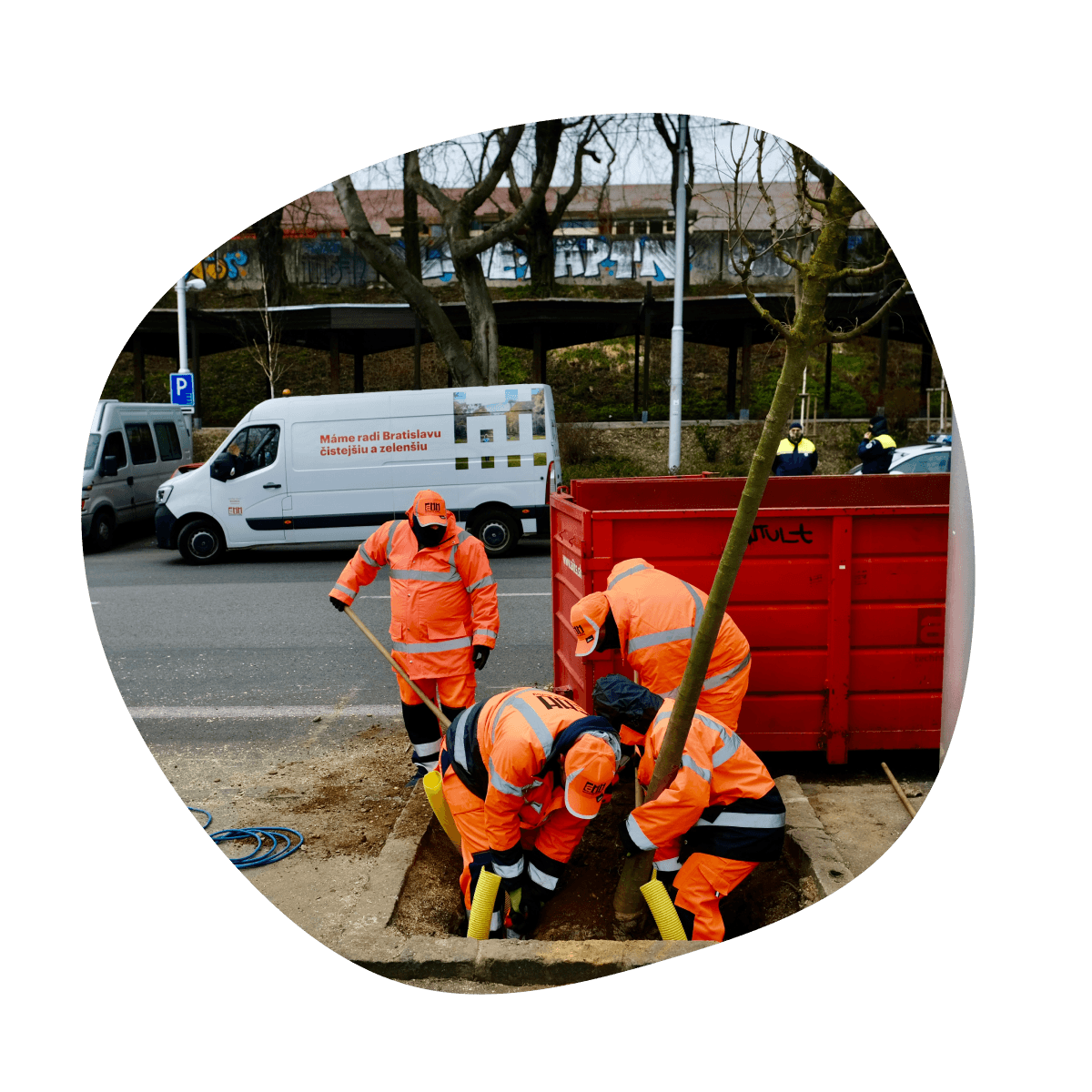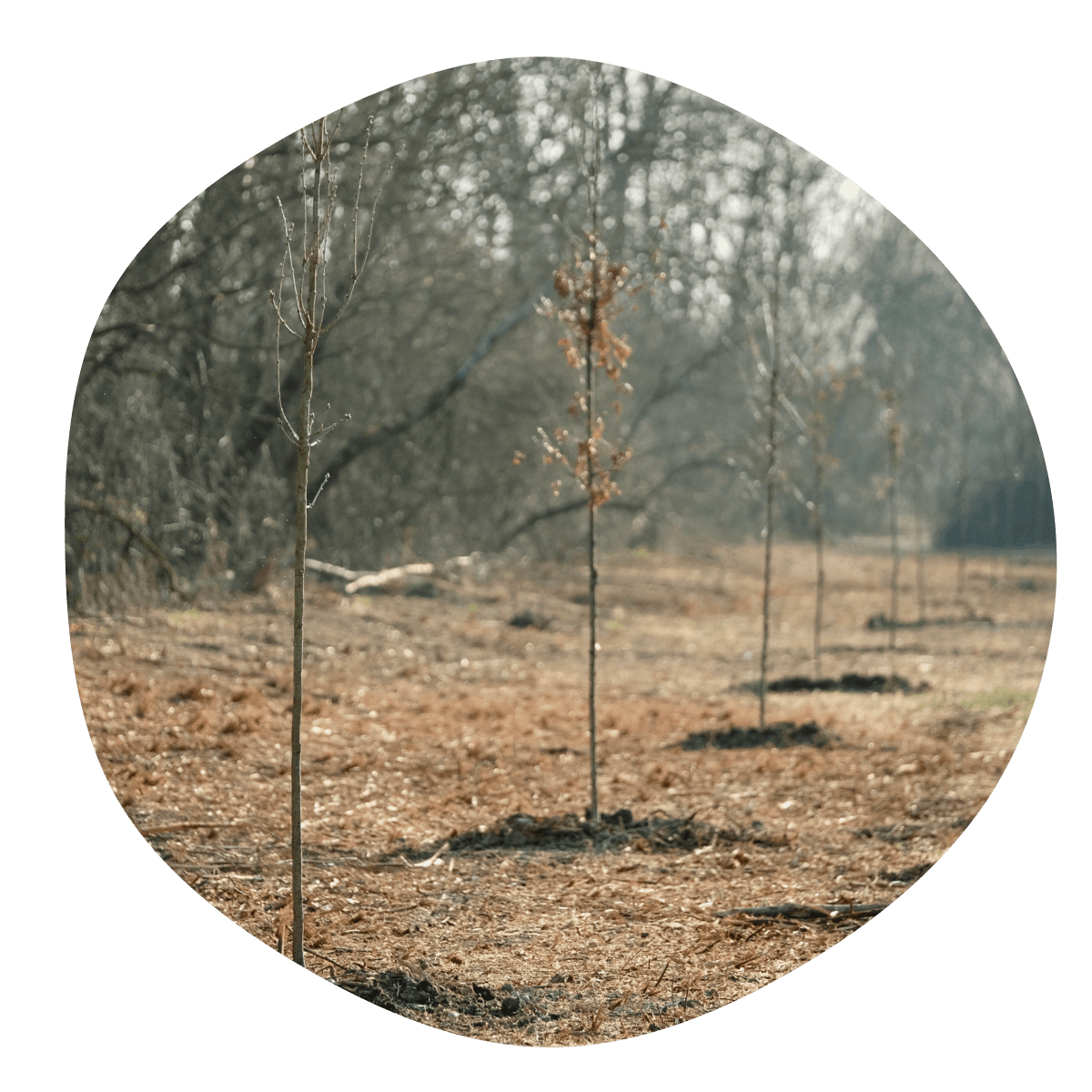Planting of Trees
A tree must have a minimum planting area which should be located away from compacted strata and any impenetrable materials. Also, a sufficient area must be provided for rainwater absorption and aeration. These requirements can be met by using adequate technical and vegetation features to ensure sufficient water intake and aeration. Trees need to be inspected prior to planting. In particular, possible damage to the bark, branches and terminal shoots caused by transport and handling and the optimum shape and crown density need to be examined.


Proper preparation of the planting pits is essential for the ideal acceptance of the planted trees. The planting pits must be at least 1.5 times larger than the soil pack of the plants to be planted. In other words, the root space should be 1/10 of the design volume of the crown. A subsoil permeability test must be carried out before the tree is planted on the site. This is done by filling the pit with sufficient water. Anchors are to be installed before the tree is placed in the planting pit. For trees with a root ball, the tie of the root ball should be loosened.
The planting depth is determined by the size of the earth ball; the tree in the trunk area must not be backfilled more than the height of the soil in the earth ball. When backfilling the earth ball, a fertiliser dose of twenty tablets per tree is added evenly to the planting hole if the nutrient content of the backfill substrate is insufficient after a test analysis. Mycorrhizal fungi are added to better aid the rooting process and the proper nutrient uptake; they are applied to the root ball in the amount recommended by the manufacturer. The root ball should then be covered on all sides with loose soil, pressed down evenly and then watered. Once the planting pit has been covered, an irrigation bowl is formed. The irrigation bowl is a specially treated surface of the planting pit that creates the conditions for the further growth and development of the tree plant. For trees, it is necessary to create irrigation bowls so that the water flows towards the tree in a funnel shape. During planting, it is essential to ensure continuous watering in order to achieve the uniform irrigation of the entire root ball, the planting pit and its immediate surroundings.


Planting is a shock to the plant, and therefore, as a stress reliever, post-planting pruning is an integral part of the planting process. Post-planting pruning is necessary to maintain the natural or desired growth form. Damaged parts of the tree must be removed or treated. Crown modification is carried out by pruning, which involves removing branches up to the trunk and shortening shoots at the stem. The terminal part has to be shortened for the very reason that shortening only the branches creates a disproportion with the length of the terminal. Pruning can be omitted if the crown is significantly compact and firm and the terminal is in proportion to the crown after pruning the lateral shoots.
Caring for trees and planting them properly is important
The Metropolitan Institute, together with the Department of Urban Greenery, have prepared a manual for the protection and maintenance of greenery in the city.
More information can be found on the website of the Metropolitan Institute of Bratislava ↗︎.
Documents
- Manual for managing the protection and maintenance of greenery in the city (in SK)28. 04. 2022 • PDF • 12.7 MB